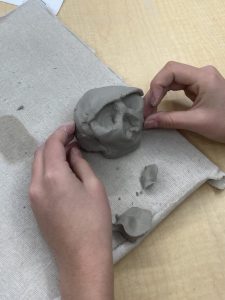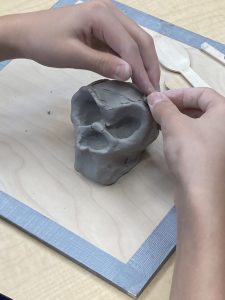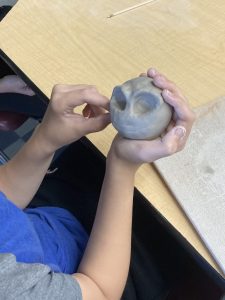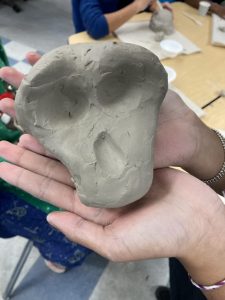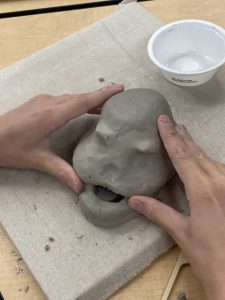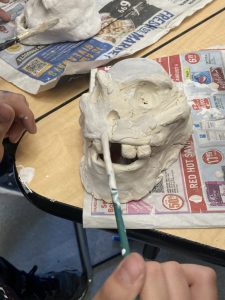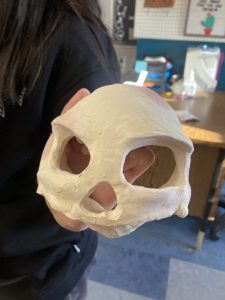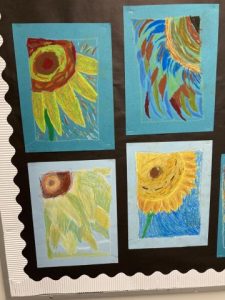Hey, Grade 7s!
Please read this update from our News Crew about your amazing to-scale cartoon Math projects:
“This project was a great start to our unit on Cartesian plains. This required the skills of both art and math as we had to measure the lines to create a grid. With a small picture of the cartoon character, we were trying to recreate on a bigger paper. We were blowing up the pictures from 1 Cm to 3 Cm, so the picture on the bigger grid was significantly bigger.
The first thing we did was choose our character… it was a little outdated, and [we wish there was an option for] Bluey. The usual characters were an option, like SpongeBob, Hello Kitty, and a weird starfish. But there were also things that you wouldn’t expect, like Homer Simpson.
We start with a blank piece of paper, not lined, not turned into a grid, just blank. The first thing you must do straight away is get a ruler. (A note to families: if your kid doesn’t have a ruler, please get them one, since if they don’t have one they will be fighting everyone else to get one of Ms. Ramen’s spare rulers). Afterwards, we worked on creating grids on both the big blank paper and the tiny printed picture of the cartoon character we chose to do. We had to copy the grid of the tiny cartoon picture to the big paper. After carefully drawing the character, we were now ready to use more of our skills by colouring. After that’s all done we have finally finished our project and we can now sit back and enjoy the view of all the huge cartoon characters outside of the computer lab.”
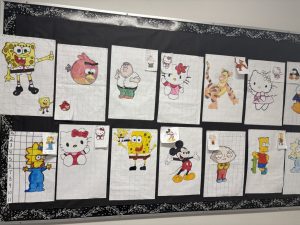
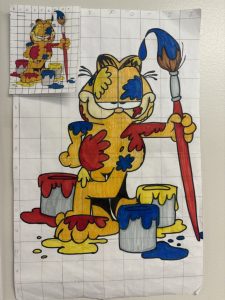
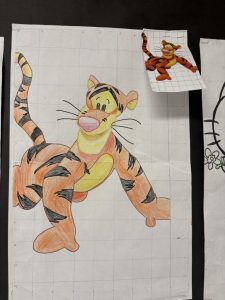
Thanks, News Crew!

